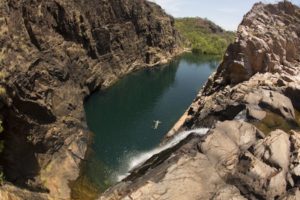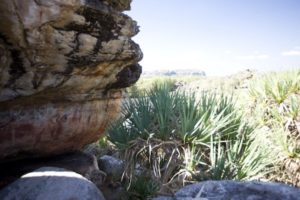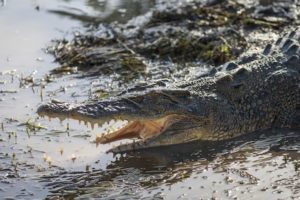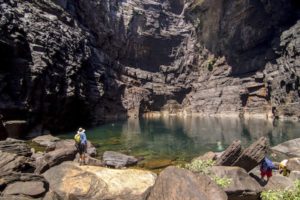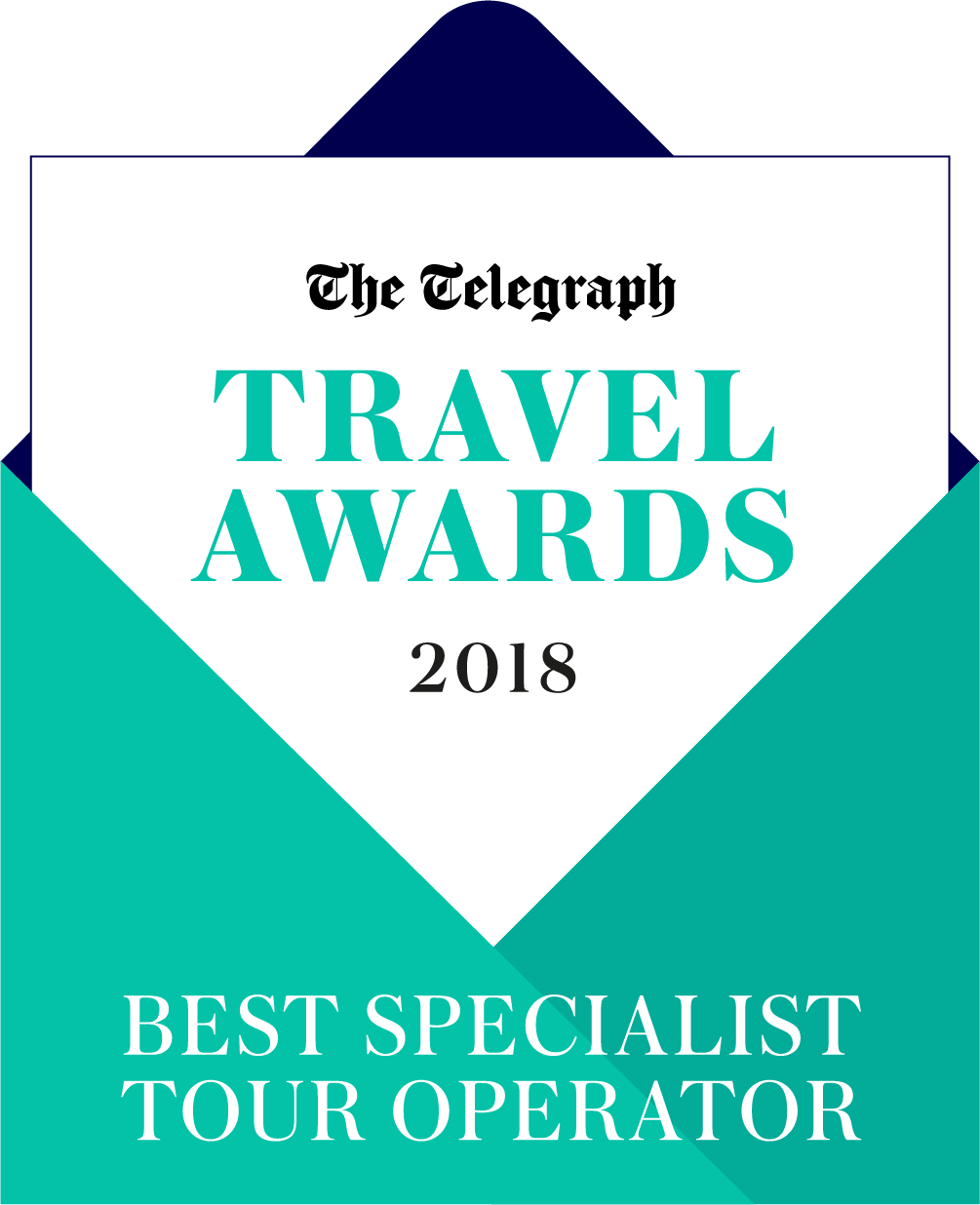The Heritage-listed (for both its cultural and natural heritage) Kakadu National Park in the Northern Territory, about a three-hour drive from Darwin, is Australia’s largest National Park. Kakadu covers almost 20,000 square kilometres and is a place of ecological and biological diversity. It extends from the coast in the north through floodplains, billabongs and lowlands to rocky ridges and stone country in the south. The National Park is home to rare plants and animals, including more than one-third of Australia’s bird species and one-quarter of its fish species.
Kakadu is considered a living cultural landscape. The traditional owners Bininj Mungguy have lived on and cared for this country for more than 50,000 years. Their deep spiritual connection to the land dates back to the Creation and has always been an important part of the Kakadu story.
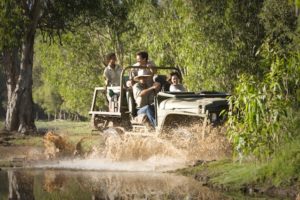
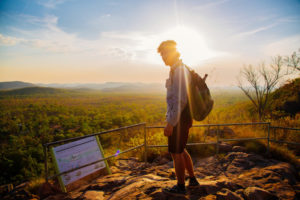
Highlights
1. Aboriginal rock art: Kakdu is home to Aboriginal rock art dating back 20,000 years. The art sites at Ubirr, 39 kilometres from the Kakadu township of Jabiru, can be reached via an easy one-kilometre circular walking track. The galleries contain some impressive examples of traditional X-ray art. Once at Ubirr, visitors can climb to Nadab Lookout, which provides amazing views across the floodplains. Follow the 1.5 kiloemtre Nourlangie Rock Art Walk past an ancient Aboriginal shelter and other outstanding art sites. The main site of Anbangbang Gallery reveals stories of Dreamtime ancestors including Namarrgon, the Lightning Man, who is believed to control the violent lightning storms that occur during the wet season.
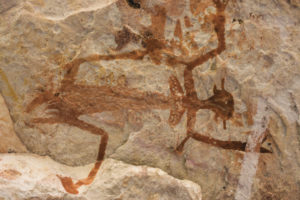
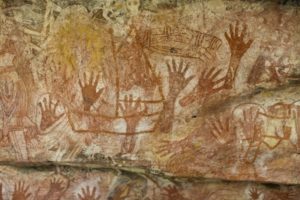
2. Cruise the wetlands: At the heart of Kakadu visitors will find dramatic wetlands with an abundance of rare flora and fauna. The Yellow Water Billabong at the end of Jim Jim Creek is one of the best places to see Australia’s wildlife in its natural habitat. Book a Yellow Water cruise a for the ultimate wilderness experience. Canopied boats will steer you through the tranquil waters, where you’ll see saltwater crocodiles, sea eagles, whistling ducks and buffalo across the floodplain. Cruises depart daily from Cooinda and run for 90 or 120 minutes.
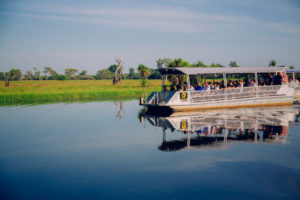
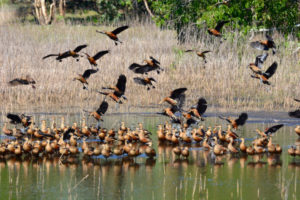
3. Swim beneath waterfalls and hike to rugged escarpments: Kakadu has many spectacular cascading waterfalls, although Jim Jim Falls and Twin Falls certainly are the most breathtaking. You will need a 4WD car to get there, and access to the Jim Jim Falls is via an unsealed road, which is generally open from June to November. From the car park, take the 900-metre walk through monsoon forest and boulders, to the deep plunge pools surrounded by 150-metre high cliffs. It is a popular swimming spot because of its white sandy beach and cool water. Twin Falls is a split cascade that gushes down the cliff face. The best way to see the falls is on a boat shuttle up the gorge or aboard a scenic flight.
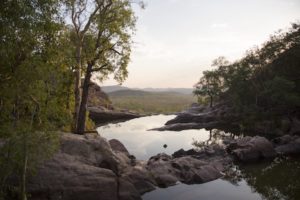
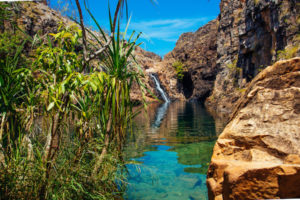
Best time to go
While in general it is said that the best time to visit Kakadu National Park is in the dry season between June and August, Kakadu actually sees six seasons according to the local Bininj/Mungguy people, and all of them are fascinating. Between January and March, visitors can experience the thundering waterfalls and lightening of the Gudjewg monsoon season through to the hot dry weather of the Gurrung from August to October. In April, blossoming paperbarks and billabongs filled with waterbirds can be seen. Yegge, from May to June, and Wurrgeng, between June and August, are peak tourist seasons as Kakadu enjoys cooler temperatures and clear skies. Gungmeleng occurs from October to December, when there’s a build up of humidity before the monsoon arrives.
